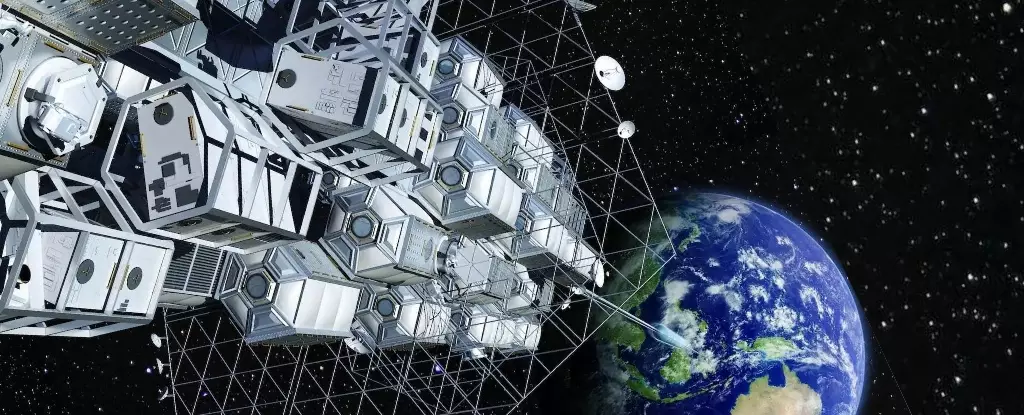The idea of a space elevator has long captured the imagination of scientists and space enthusiasts alike. The concept promises to revolutionize space travel by drastically reducing costs and shortening travel times to other celestial bodies. One of the most ambitious plans to build a space elevator comes from the Japan-based company Obayashi Corporation, known for its construction of the Tokyo Skytree. In 2012, the company announced its intention to construct a space elevator, with the goal of starting operations by 2050 with an estimated cost of $100 billion.
One of the most compelling arguments for the construction of a space elevator is the significant reduction in costs associated with space travel. Traditional rocket launches are exorbitantly expensive, with estimates from NASA suggesting costs of $4.1 billion per launch for its Artemis moon missions. The rocket equation dictates that the more fuel required for a launch, the heavier the payload, leading to a vicious cycle of increasing costs. In contrast, a space elevator eliminates the need for rockets and fuel, instead relying on electromagnetic vehicles called climbers to transport cargo to orbit. These climbers can be powered remotely through solar energy or microwaves, drastically reducing the cost of moving goods to space.
While the potential benefits of a space elevator are enticing, several technological challenges stand in the way of its realization. One of the most critical issues is determining the material for the tether or tube that would connect Earth to space. Typical materials like steel would need to be incredibly thick to withstand the tension, making them impractical. Obayashi Corporation has proposed the use of carbon nanotubes, which are lighter and stronger than steel. However, the length of nanotubes poses a significant challenge, as they are currently limited to about 2 feet in length. To reach geosynchronous orbit, the tether would need to be at least 22,000 miles long, necessitating the development of a new material.
In addition to technological obstacles, a space elevator would face environmental and safety challenges. The tether would be under immense tension, making it vulnerable to snapping or damage from lightning strikes or extreme weather conditions. Locating the tether base at the equator could reduce the risk of hurricanes, but security concerns would require it to be placed in the open ocean. Moreover, the sheer scale of the project would necessitate numerous trips to offset the construction costs, raising questions about its economic feasibility.
Despite the myriad challenges that face the construction of a space elevator, Obayashi Corporation remains optimistic about the project’s potential. Yoji Ishikawa, a key figure in the company, emphasized the importance of partnerships and fundraising to overcome these obstacles. The timeline for completion by 2050 remains ambitious, with Ishikawa acknowledging that technological advancements will be crucial for meeting this goal. While the dream of a space elevator may seem far-fetched, continued innovation and collaboration could make it a reality in the not-too-distant future.
The concept of a space elevator holds tremendous promise for the future of space exploration. While significant hurdles remain, the potential benefits in terms of cost reduction, efficiency, and safety make it a goal worth pursuing. With the dedication and ingenuity of companies like Obayashi Corporation, the realization of a space elevator may not be as distant as it once seemed.


Leave a Reply